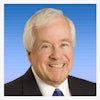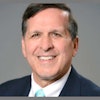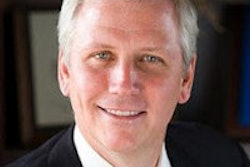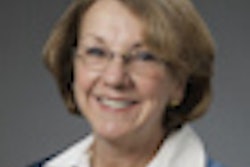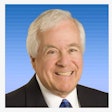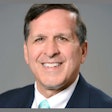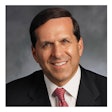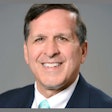
In a first-of-its-kind study of leadership issues in dentistry published in the December 2013 issue of the Journal of the American Dental Association, researchers from the University of Michigan found that for a large percentage of dentists, leadership within their practice is defined as providing the best care for their patients.
Marita Inglehart, Dr. phil. habil., and colleagues analyzed the survey responses of almost 600 ADA members (77% male, 85% European-American) for the study (JADA, December 2013, Vol. 144:12, pp. 1397-1405). Dr. Inglehart is a professor of dentistry in the department of periodontics and oral medicine at the university's School of Dentistry, and is also an adjunct professor of psychology in the university's department of psychology.
In an interview with DrBicuspid.com, Dr. Inglehart emphasized how, for most dentists, leadership is a very personal concept.
In the survey, dentists were asked an open-ended question to define leadership in dentistry. An impressive 80% gave a response.
“31% of respondents said that leadership is related to being a good leader in their own practices and to provide the best care for their patients.”
"Thirty-one percent of respondents said that leadership is related to being a good leader in their own practices and to provide the best care for their patients," Dr. Inglehart said. "This shows again that dentists have their patients foremost in mind and their practices are patient-centered."
Almost a third of respondents replied that running their practice well was a high priority, Dr. Inglehart noted. Additionally, a further definition of leadership for respondents was being a positive role model and a leader for their staff.
Of 20 leadership indicators that respondents were asked to agree or disagree with as to their importance, the response that drew the most agreement was "being recognized by staff as an expert in the field of dentistry."
"These answers show again how important dentists see the practice-related aspects of leadership," she said. "They also stress the importance of leadership focusing on planning for the future of their practice, optimizing the way they practice dentistry and handle the business side of their practice."
Dr. Inglehart reiterated that the most important responses were leadership and management of staff, followed by recognition and respect in the community.
"It's obviously very important to keep your practice going," she said. "If you are building your practice, do you really have time to get involved in national or state leadership? That's a question everyone faces."
Gender differences
While the majority of respondents were male, Dr. Inglehart and colleagues found that the responses of female dentists differed in key respects from their male counterparts.
"As female dentists enter the workforce in greater numbers, their leadership aspiration responses were higher than those of their male counterparts," she told DrBicuspid.com. "Women and men see themselves as equally effective leaders, which breaks down stereotypes of female dentists being focused on matters beyond their practice."
When asked if they saw leadership in organized dentistry as a key component of leadership, women rated it more highly than the men did. In fact, Dr. Inglehart said, women might be more committed and determined to take a leadership role and break down any perceived barriers.
"Leadership in organized dentistry is more important to them than it is to male respondents," she said.
One aspect of the study that Dr. Inglehart found very positive was the response to the questions concerning teaching (whether students or other dental professionals). In the survey, the vast majority of respondents agreed that teaching was a key component of leadership.
"It's difficult to find teachers/instructors, but a huge number of respondents saw the importance of community-based practice," she said. "This interest might be a way to help find part-time faculty or instructors at local dental schools."
